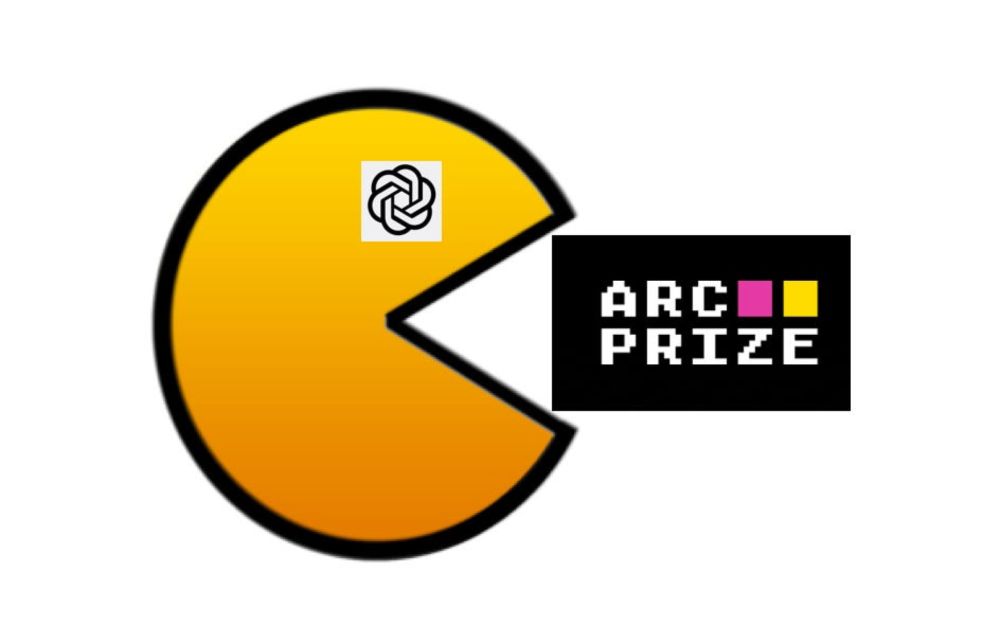
Computational Neuroscience + AI @ IBM Research | 📍NYC | https://ito-takuya.github.io
@natmachintell.nature.com
#ML #AI #MLSky
1/n
Reposted by Taku Ito
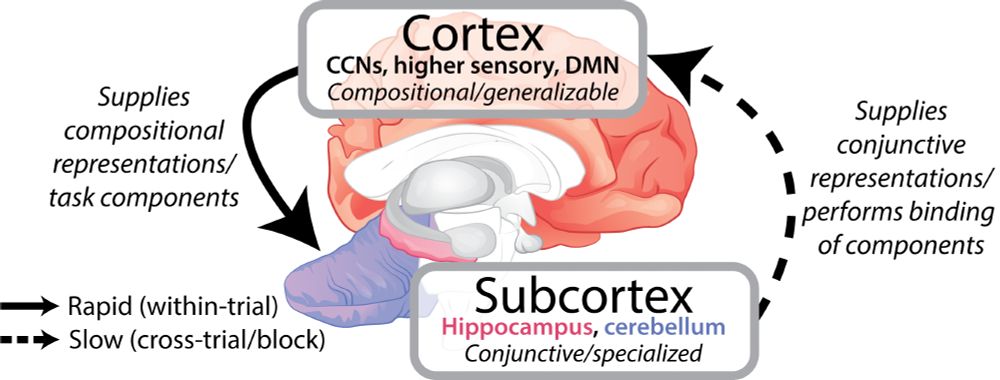
Reposted by Taku Ito
www.nature.com/articles/s42...
Reposted by Taku Ito

Reposted by Larry W. Hunter, Taku Ito
🍰Reinforcement Learning environments for LLMs
🐎Speculative and non-auto regressive generation for LLMs
interested/curious? DM or email [email protected]
Reposted by Taku Ito

mikexcohen.substack.com/p/why-i-left...
Reposted by Taku Ito

go.nature.com/4nMUgYz
Reposted by Alessandro Gozzi, Taku Ito


Blog: research.ibm.com/blog/ai-algo... arXiv: arxiv.org/abs/2411.05943
3/n
2/n
Reposted by Taku Ito

Reposted by Todd M. Gureckis, Taku Ito

From childhood on, people can create novel, playful, and creative goals. Models have yet to capture this ability. We propose a new way to represent goals and report a model that can generate human-like goals in a playful setting... 1/N
Reposted by Taku Ito
Check it out: arxiv.org/pdf/2502.03350
Reposted by Sarah Mitchell, Taku Ito
Reposted by Taku Ito

Reposted by Taku Ito
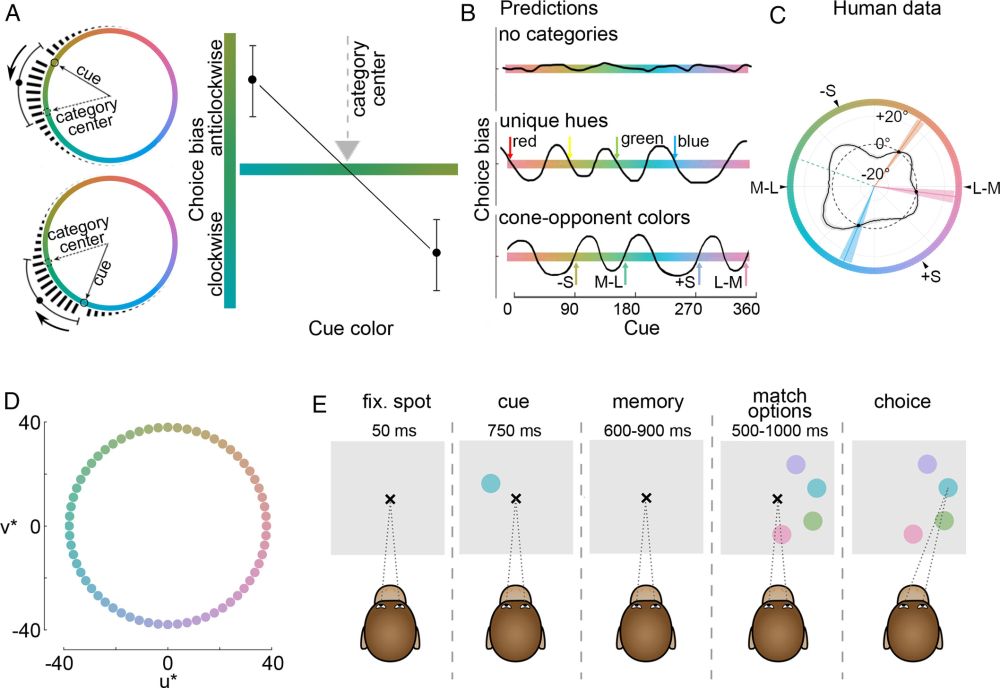
Reposted by Taku Ito
Reposted by Taku Ito

Test-time compute paradigm seems really fruitful.
Reposted by Taku Ito
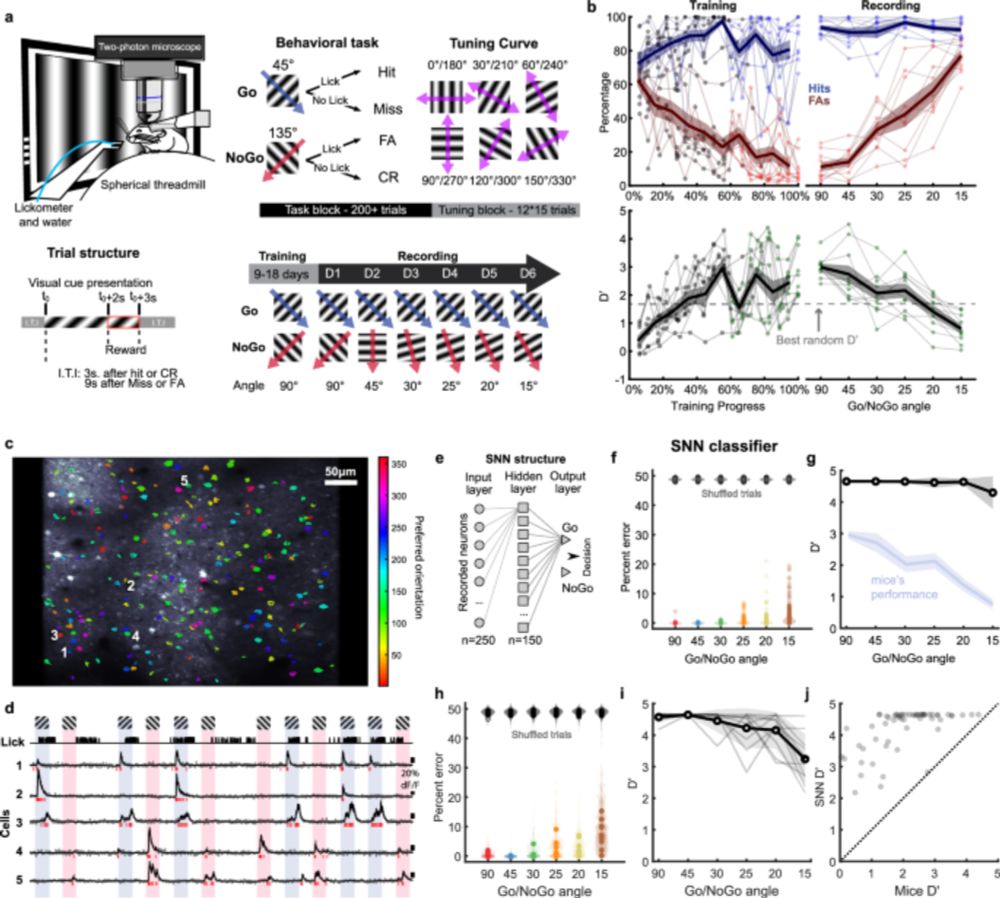
www.nature.com/articles/s41...
Reposted by Taku Ito

www.biorxiv.org/content/10.1...
🧠👩🏻🔬🧪🧵
#neuroskyence
1/
Reposted by Taku Ito

docs.google.com/document/d/1...
If only more folks in AI were gentle and introspective like this...
Reposted by Taku Ito
My Famous Deep Learning Papers list (that I use in teaching) does not include any new ideas from the last year.
papers.baulab.info
Which single new paper would you add?
Reposted by Taku Ito
⏰ When: TODAY, Thu, Dec 12, 4:30 p.m. – 7:30 p.m. PST
📍 Where: East Exhibit Hall A-C, #3705
📄 What: Geometry of Naturalistic Object Representations in Recurrent Neural Network Models of Working Memory
Hope to see you there!
@bashivan.bsky.social @takuito.bsky.social
Reposted by Stanislas Dehaene, Francisco C. Pereira, Taku Ito
"A polar coordinate system represents syntax in large language models",
📄: Paper arxiv.org/abs/2412.05571
🪧: Poster tomorrow: neurips.cc/virtual/2024...
🧵: Thread 👇
Reposted by Taku Ito

"Structurally informed models of directed brain connectivity"
Read: rdcu.be/d3dC4
We review how structural connectivity constrains directed connectivity models 🧠
Lead by @matthewdgreaves.bsky.social w/ @novelli-leo.bsky.social, @sinamansourl.bsky.social and Andrew Zalesky
Reposted by Taku Ito

Open access: www.sciencedirect.com/science/arti...
Reposted by Drew B. Winters, Dara M. Cannon, Taku Ito
Excited to share our latest work (accepted to NeurIPS2024) on understanding working memory in multi-task RNN models using naturalistic stimuli!: with @takuito.bsky.social and @bashivan.bsky.social
#tweeprint below:
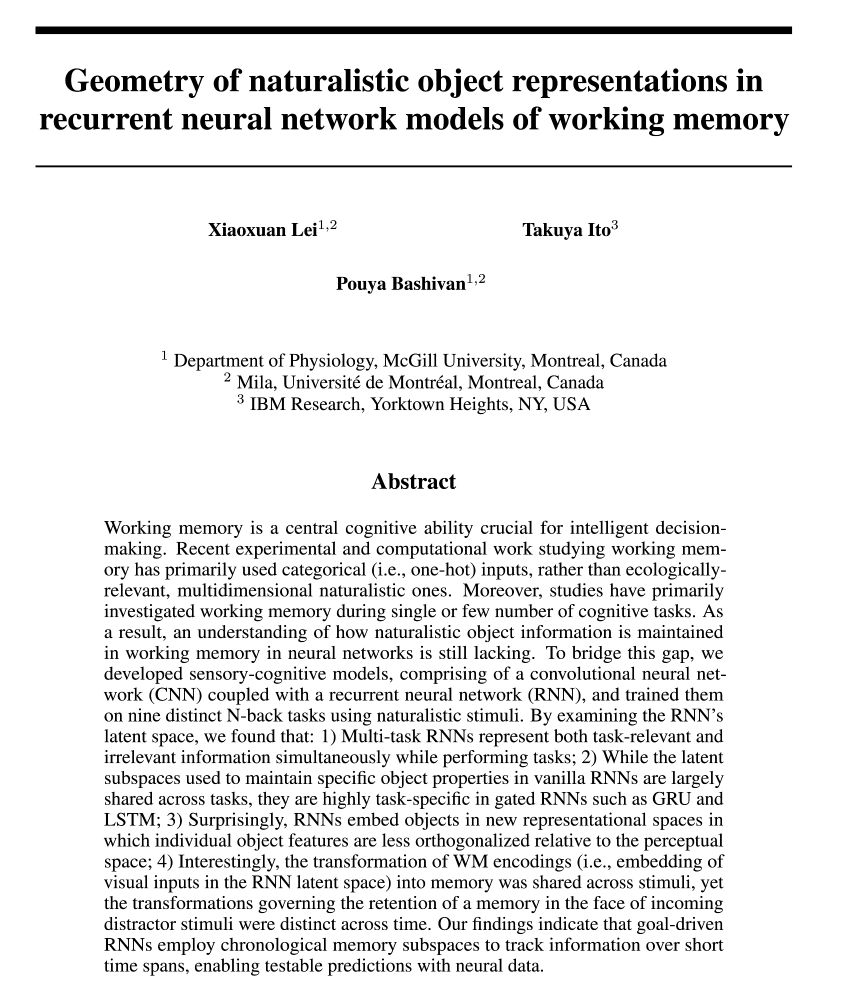
Thread by Xiaoxuan 👇


